a Sapa homestay
When travelling to Sapa you’ll be faced with an array of treks to choose from and one decision you’ll need to make is whether to do a trek that includes a homestay. While a homestay can be a great experience, it’s not for everyone. Here’s some guidance on what to expect.
.jpg)
As the name suggests, a homestay is an overnight stay in someone’s house. In the case of Sapa, that house is likely to be the home of a Hmong or Red Dao family.
To legally* provide homestay accommodation, hosts must be registered. (This information was provided to me by a reliable tour operator in Sapa but that I was told by another well-regarded operator that the rules didn’t apply everywhere and that it was not necessary to be registered “if you know the right people”.)
.jpg)
To be registered, a home must have a flush toilet, be clean and tidy, have bedding with a mosquito net and, most importantly, be hygienic — hosts must undertake food hygiene training and pass an exam. It’s likely that you’ll stay in a room that has been added to a traditional house, which is unlikely to have separate rooms. This gives both hosts and guests some privacy and space.
This may leave some feeling that the homestay experience is less than authentic, but these regulations and modifications should rather enhance your experience — getting diarrhoea from ill-prepared food is not much fun when the toilet’s a hole in the ground, and dengue fever isn’t a barrel of laughs either.
.jpg)
Despite the modifications, homestays are still basic accommodation. Houses are little more than huts, with no natural light, mattresses are thin, the toilet’s not ensuite — possibly not even attached to the building — and sound insulation is non-existent. And if you’re not a fan of bugs and spiders, a homestay may not be for you. But it should be comfortable and clean enough.
So why do it? Cultural experience aside, taking an overnight — or longer — trek means you can get further away from Sapa and explore more of the district. Yes, you could do that in separate day trips, with the assistance of a minibus, but of course a homestay is more than just a bed for the night — it’s also an enlightening and enjoyable experience. Here’s what’s likely to happen.
Upon arrival at the homestay you will be shown to your room. If you’re in a group you’re likely to be sharing a room, but you should at least get your own bed or mattress — unless the group’s huge. Do check this out with the tour operator before booking if it’s a big deal for you.
Red Dao homestays usually include a herbal bath so you’ll be able to take it in turns to have a bath. The format varies, but at the last place we stayed it consisted of two big barrels in a small side room; the host gave us towels, we put on swimming costumes — optional — and climbed in. Fifteen minutes later out we hopped out with smooth skin and a red face. It’s not refreshing but is good to ease those leg muscles.
.jpg)
Dinner will be prepared by the host and their family, so you can enjoy a beer or soft drink while waiting — drinks cost extra but shouldn’t be too pricey. The menu is likely to have been modified from what the family usually eats to appeal to foreign palates, but will still be Vietnamese: spring rolls, rice, stir-fried meat and veg. You will probably eat together with the host and have the opportunity to ask questions — with your guide translating — and spend time with the family. On our last visit, to a Red Dao home, some of the group tried the smoking pipe with the man of the house and various magic tricks and illusions were shared with the younger members of the family. The evening continued with more beer, rice wine and card games.
Next morning, expect to wake early, or wear earplugs. Breakfast will be served around 07:00 or 08:00 and there’s a high chance it’ll be pancakes. You’ll say goodbye and off you will trek. Don’t assume a shower will be available, although in some houses it will be.
Finally, another very good reason for doing a homestay is to support the locals. Income from homestays can dramatically improve the lives of the hosts and the village overall.
We would definitely recommend including a homestay in a trek if you have the time. Ask your fellow travellers for recommendations and also check online — perhaps post a query on our forum — to get the most recent information on good operators.
See more
-
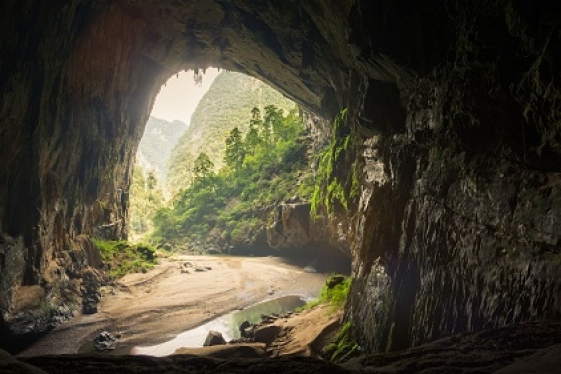
Spend one night at Hang En
Hang En is one of the most three largest caves in the world, only after Son Doong and Deer. Hang En was discovered in 1994 and rapidly became an impressive attraction in the...
-
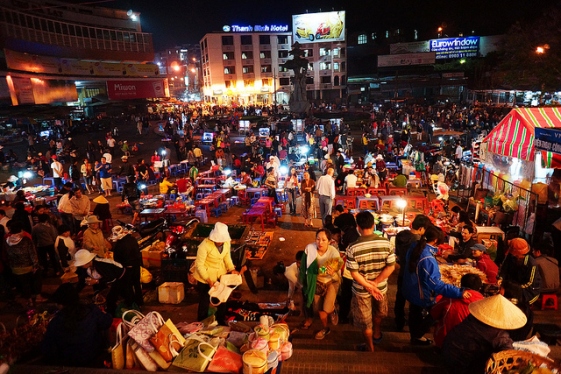
Experience Hanoi Weekend Night Market
Spending the day time to explore and admire the stunning and beautiful landscapes and cultural and historical heritage sites in Hanoi , taking your night time to take part...
-
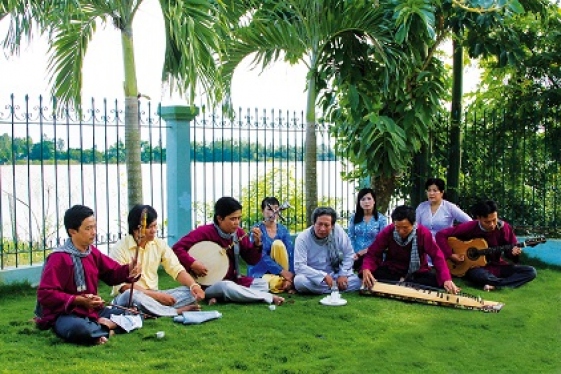
Enjoy listening " Don ca tai tu" in Bac Lieu
Bac Lieu is the hometown of Cao Van Lau who is a famous musician in unique folk art form “ Don ca tai tu”. If you have a chance to travel to Bac Lieu, you...
-
.jpg)
A tale of two day treks in Sapa
Trekking is one of the main activities to do around Sapa. But which one is the right one for you to do? We checked out two different day treks to narrow down your options.
-
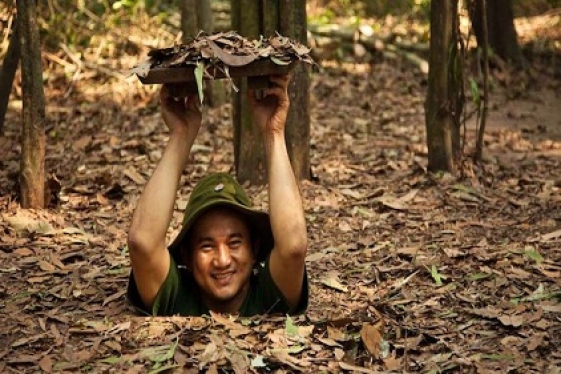
Cu Chi Tunnels
A visit to the Cu Chi Tunnels is one of those things that every tourist typically does. While I’m glad I saw it, I can’t say it was enjoyable. Educational, yes,...
-
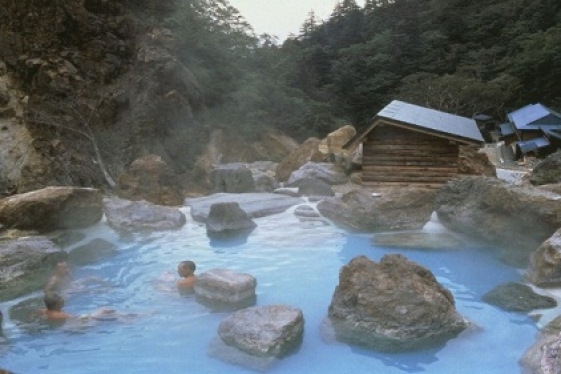
Soak in the hot springs of Binh Chau
Binh Chau hot springs is an attractive destination in Vung Tau and famous for not only domestic tourists but also foreign tourist. Traveling to Binh Chau, you have a chance...
-
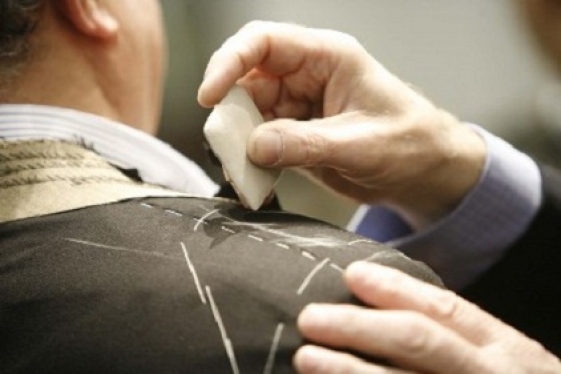
Get Custom Made Clothes
A top to-do item for many visitors is to have custom clothes made before they leave. Phan’s Custom Tailor is a very popular destination for suits and other items of...
-
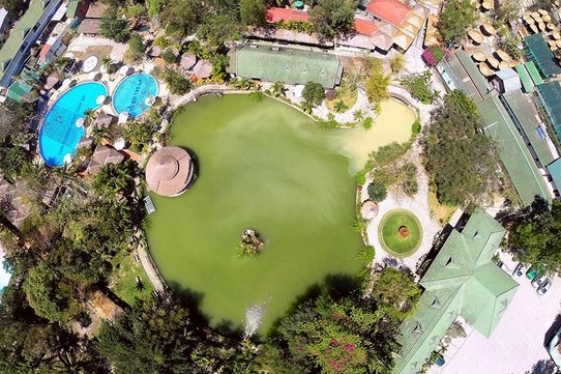
Enjoy mud bath at Thap Ba Hot Springs
If you want to find somewhere to relax and have fun, going to mud baths should be preferred. Sitting in a tub of mud feels as odd as it sounds, but it has become a...
-
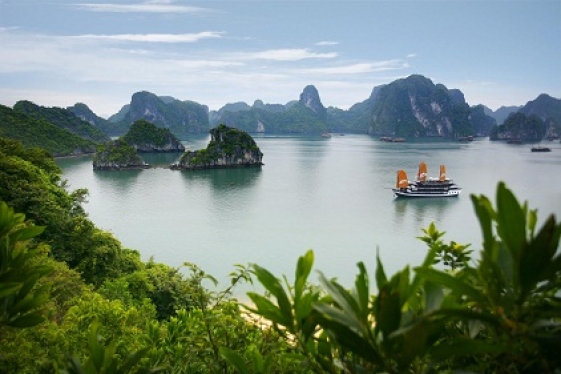
Cruise Trips in Halong Bay
Being recognized as a Natural Wonder of the World by the UNESCO, Halong Bay is one of the most tempting destinations in Vietnam for travelers who love discovering nature. One...
-

See Dalat from the cable cab
Dalat cable car attracts many tourists by an interesting journey to enjoy the beautiful landscapes of the city from the cable car as : Xuan Huong lake , Tuyen Lam lake, Truc...
Destinations
Most popular tours
-
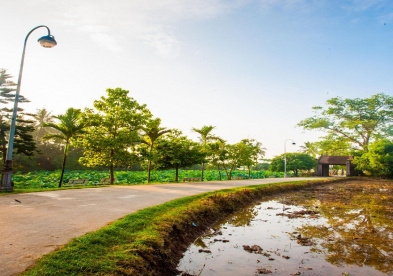
Duong Lam Ancient Village
Price from: 28 US$
-
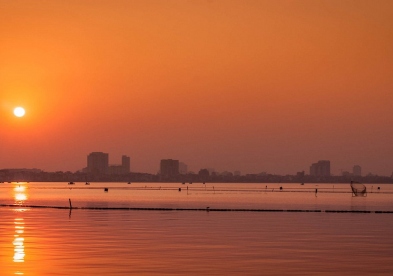
Early Morning Ride in Hanoi
Price from: 15 US$
-
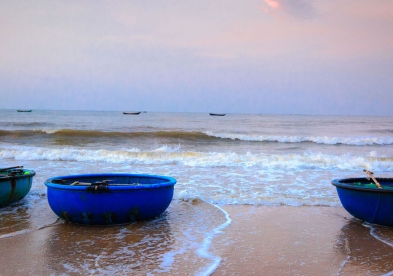
South Vietnam Getaway
Price from: Contact
-

Mekong Delta Tour 1 Day
Price from: 30 US$
Business info
Vietnam Local Guide
- Address: 18th Floor, VTC Online Tower, 18 Tam Trinh Str.,Hai Ba Trung Dist., Hanoi, Vietnam
- Email: info@vietnamguider.com
- Phone: (+84) 0904989890
- Hotline: (+84) 0904989890